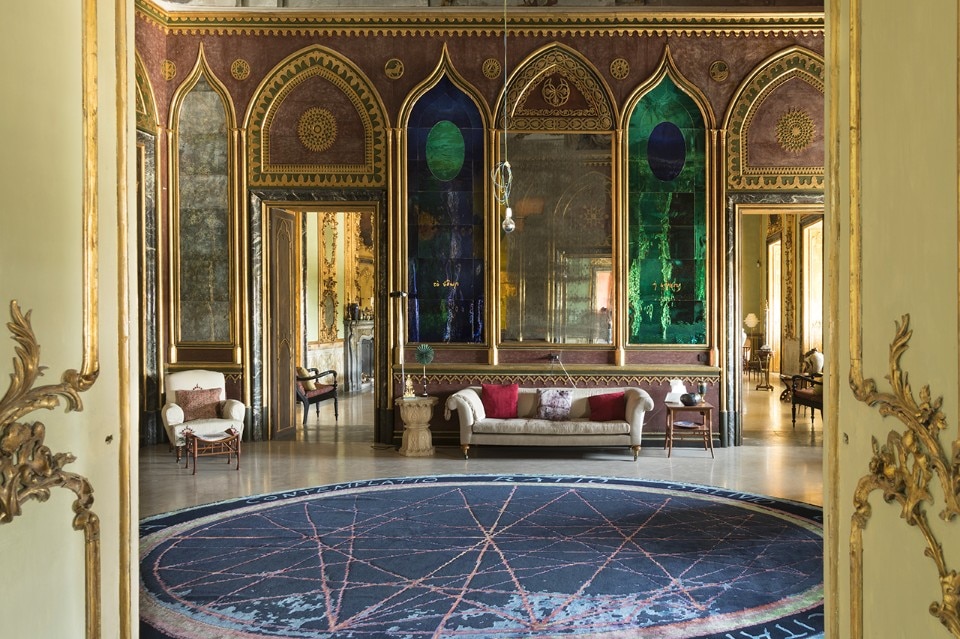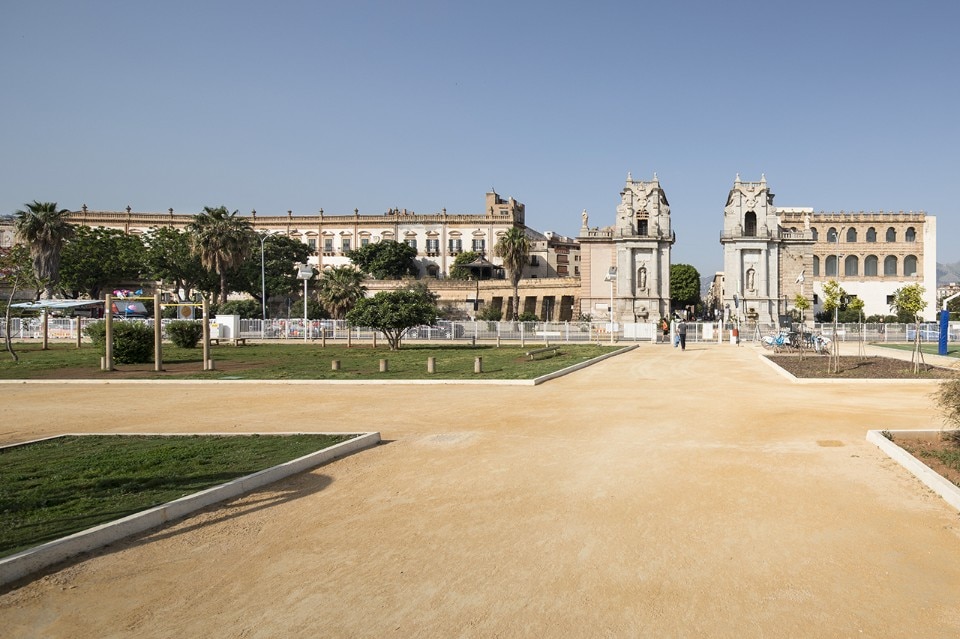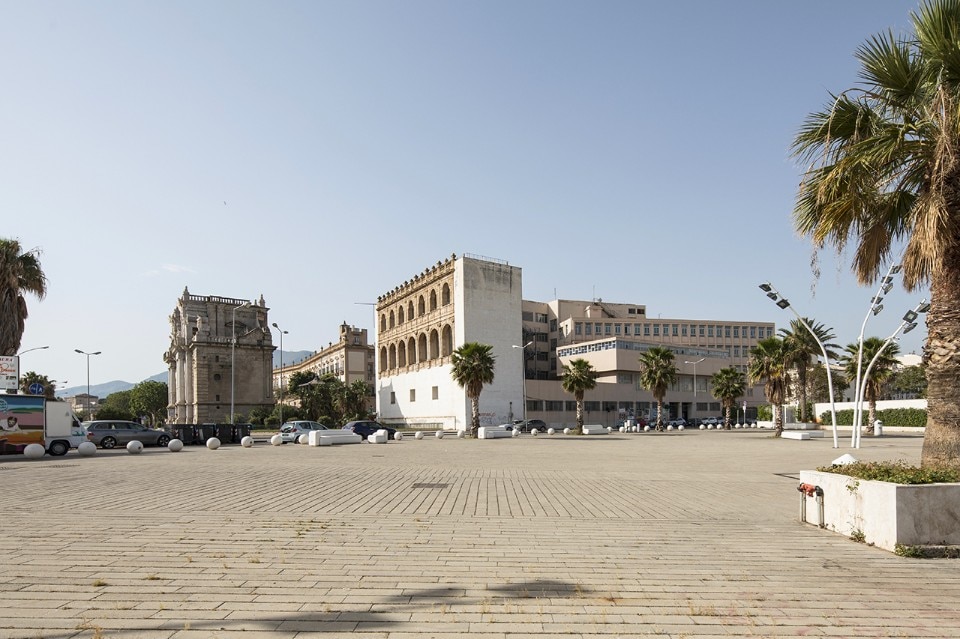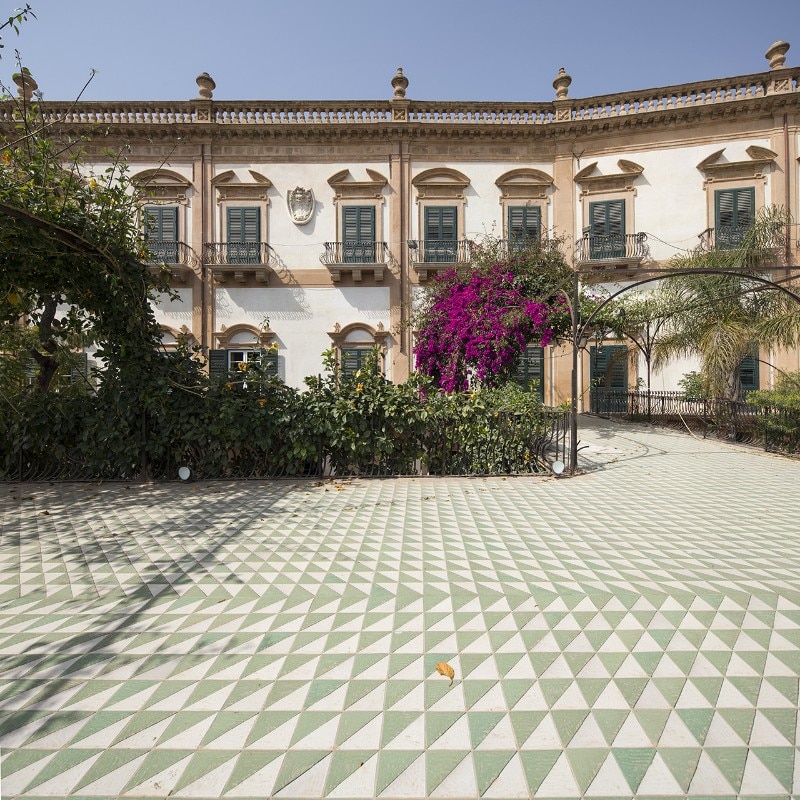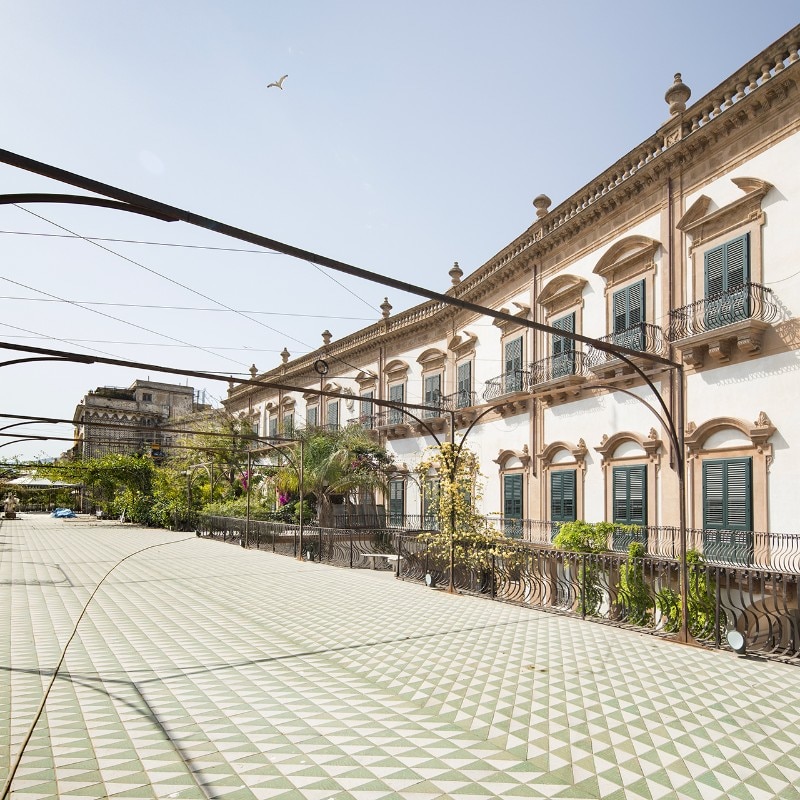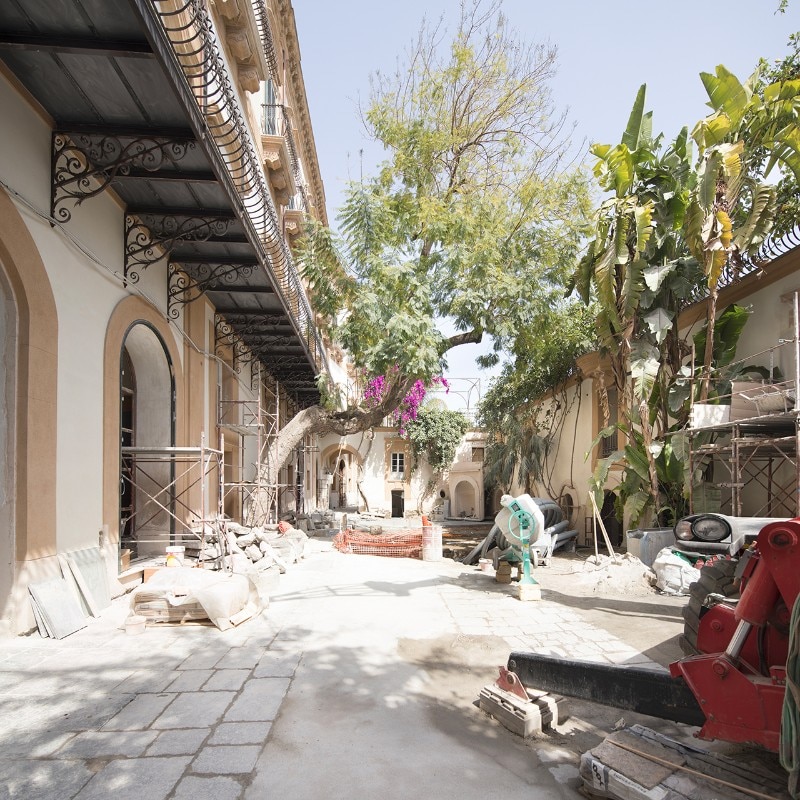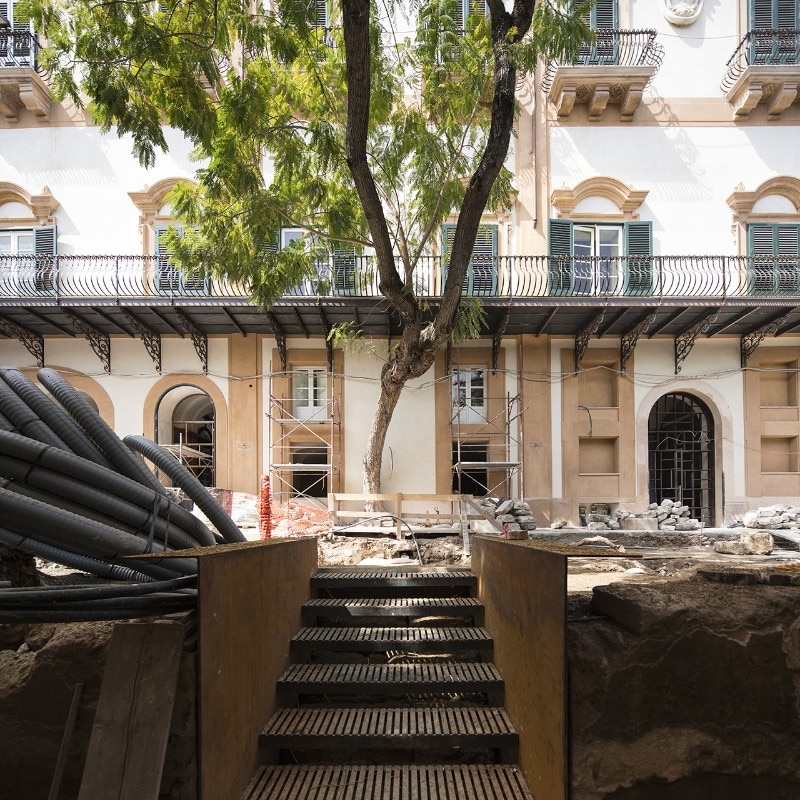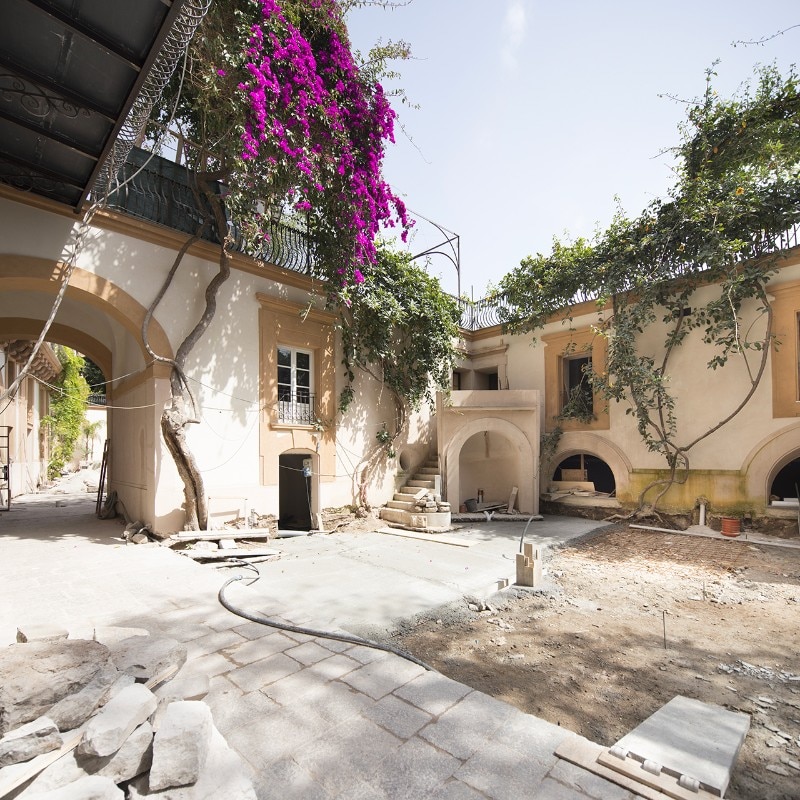Read the articles dedicated to Palazzo Butera on Domus 1024 and 1025, May and June 2018.
Kalsa means the pure or chosen one. A word of Arab origin, it is the name given to the first quarter in the city of Palermo, where the emir dwelled. A 9th-century Arab settlement, developed during the Renaissance and part of the post-WWII urban plan, La Kalsa is an orthogonal grid of streets enclosed by the port, the botanical gardens and the mountains. Today, it is known as the Mandamento dei Tribunali (district of the lawcourts) after the former Court of the Inquisition in Palazzo Chiaramonte-Steri. Renovated in the 1950s by Carlo Scarpa, this Palazzo now houses the University of Palermo Chancellor’s offices and features a hybrid character that speaks of a multidisciplinary and cross-cultural city where everything has to be read through its stratifications. It is the closest thing to a 3D Gesamtkunstwerk: a centuries-old space uniting architecture and landscape, the arts and thinking in a unique network of institutions comprising, among others, Palazzo Abatellis, the Archivi di Stato, Piazza Magione, Teatro Garibaldi, the church of Santi Euno e Giuliano, Palazzo Forcella de Seta, the Casa del Mutilato and Palazzo Ajutamicristo. Manifesta 12 will open in these and other venues – which together form an extended macro-institution – on 16 June, this year partnered with a new Palermo institution named after its home, Palazzo Butera.
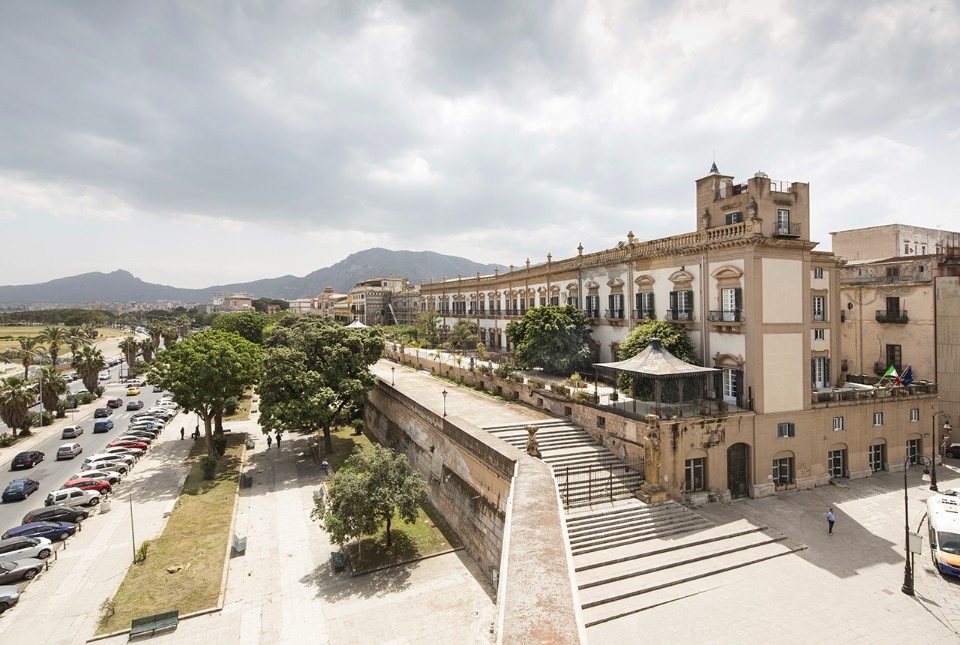
 View gallery
View gallery
Palazzo Butera constitutes a unique historical and anthropological synthesis. Since 1692, this site has seen a succession of figures that have shaped its identity: from the Branciforte to the Butera, Moncada and Lanza families, the Palazzo contains alterations by Paolo Vivaldi, frescoes by Gioacchino Martorana, carvings by Girolamo Carretti and a staircase designed by a young Eugène Viollet-le-Duc. The Valsecchi family acquired the Palazzo in 2016. The thoughts on how to turn a private collection into a dynamic space, creating a circuit with the other institutions, are rooted in the personal story of this couple who, since the 1970s, have immersed themselves in a personal cultural koine. From Lon- don to Milan and their many other places of passage, they have collected works from the most diverse periods and places, amassed by an almost rhabdomantic talent guided by the sole principle that art is such if it belongs to the sphere of knowledge and that it is also the most effective and formidable form of knowledge because different and welcoming. These assumptions forged the link between the Tiffany Favrile glass collection and paintings by Stanley Spencer, Anne and Patrick Poirier’s contemporary archaeology, Christopher Dresser’s designs, Claudio Costa’s anthropological research, Gilbert & George’s Dirty Corner, the oils on paper by the French artists awarded the Prix de Rome, David Tremlett’s frescoes, Andy Warhol’s skulls and Tom Phillips’s polyphonic universe. This eco-system seems to have finally landed after a long journey in search of a happy place, a chosen place capable of embracing the diversity of cultural production as a wealth, well aware that, as the anthropologist James Clifford wrote, “the pure products go crazy”.
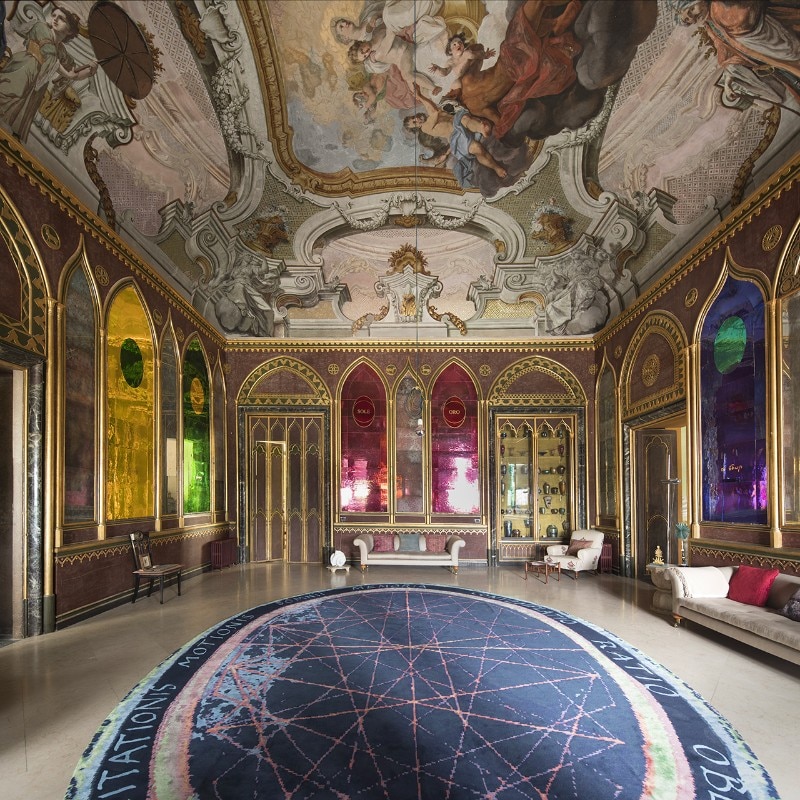
 View gallery
View gallery

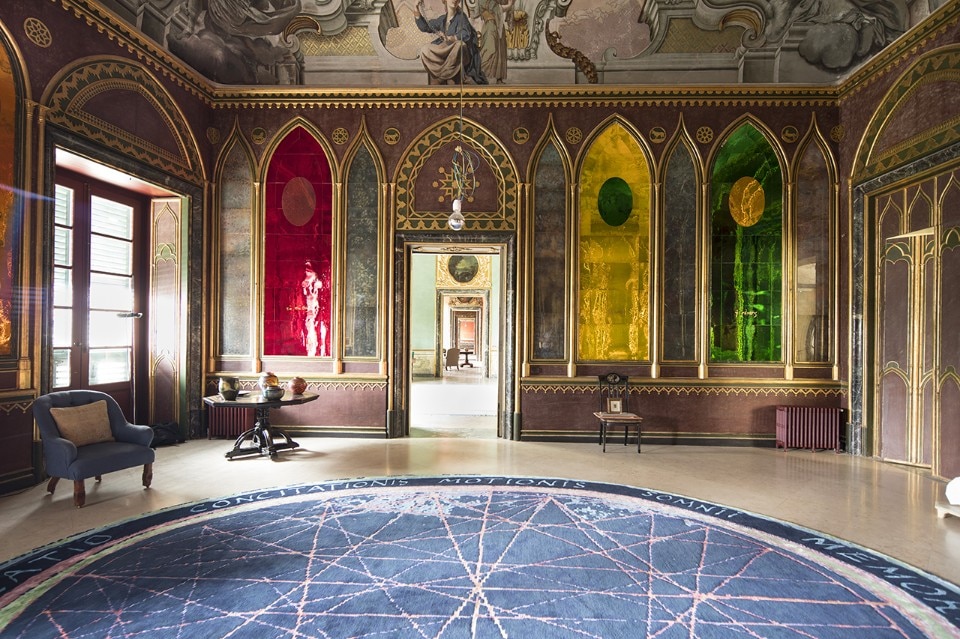
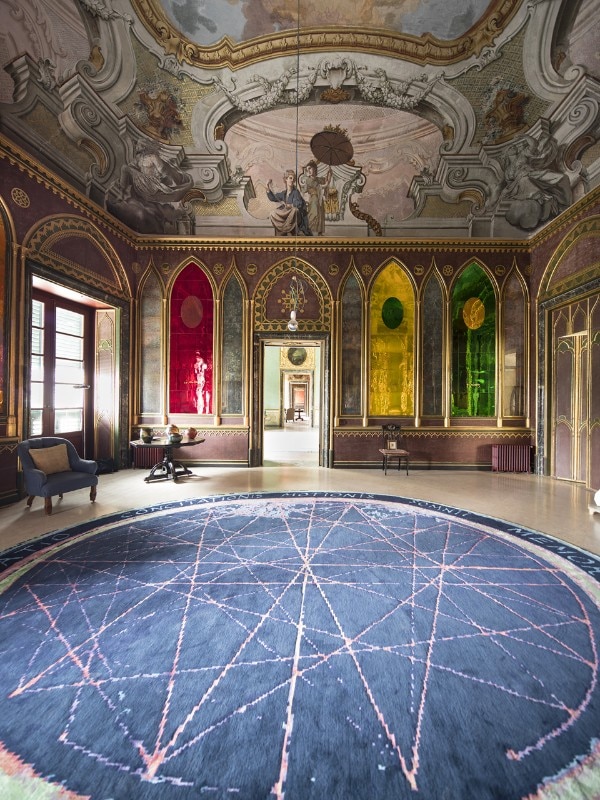
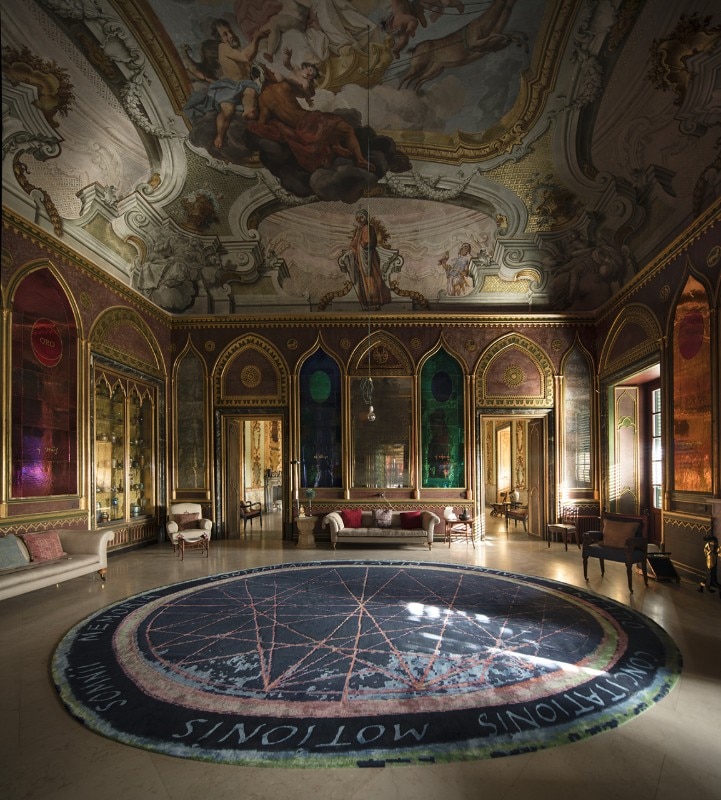
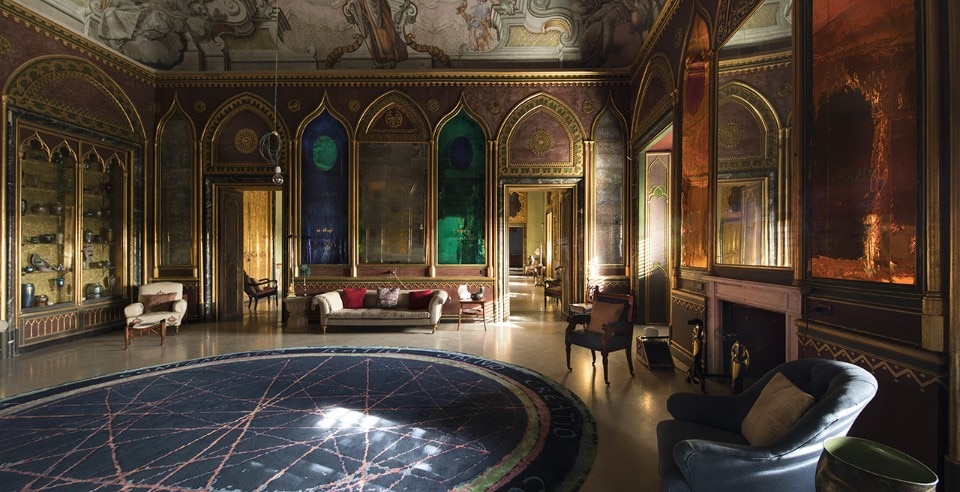
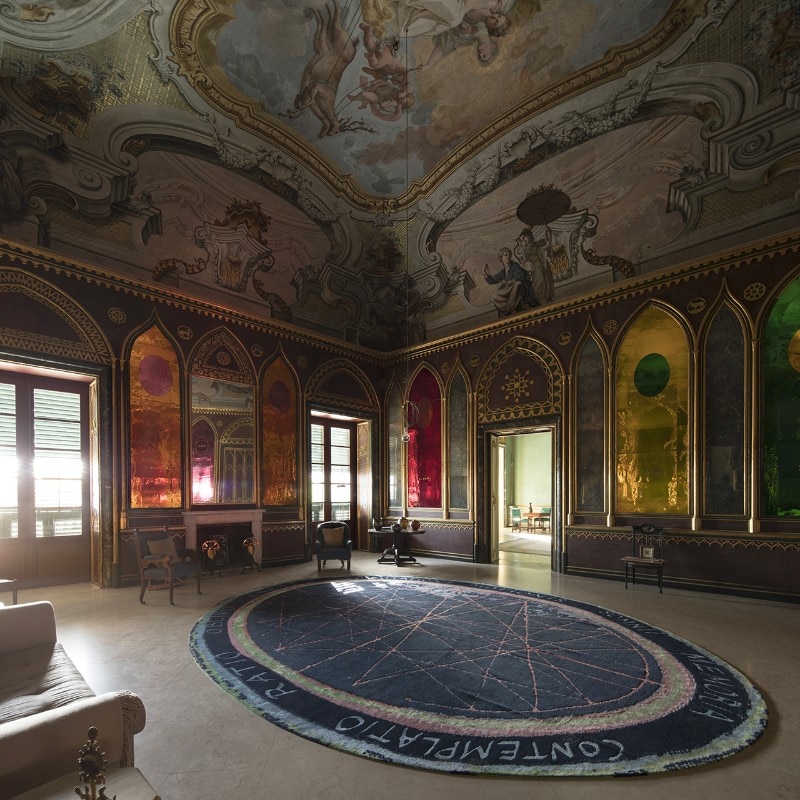
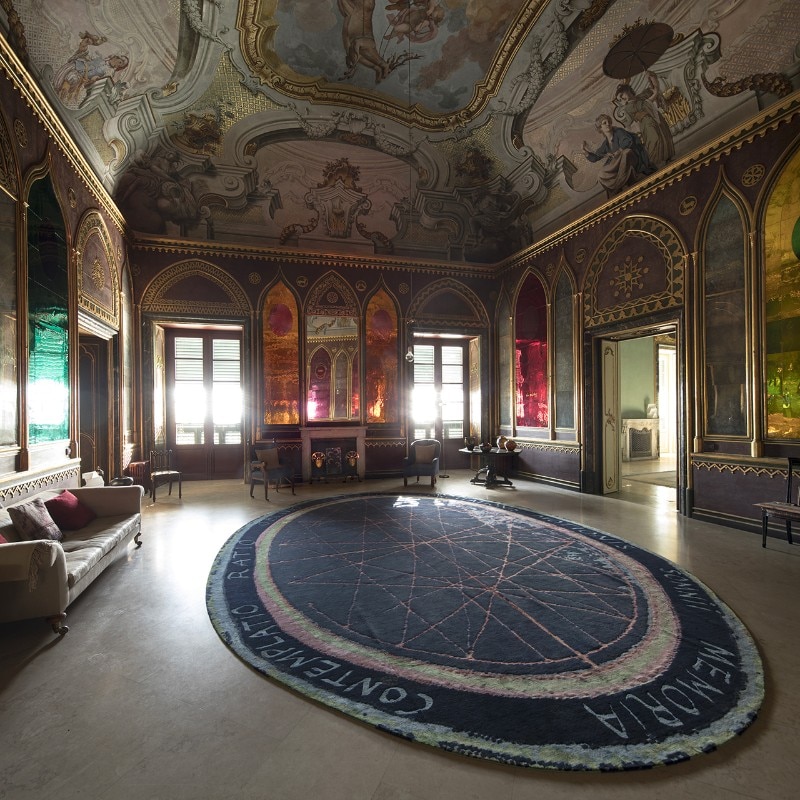
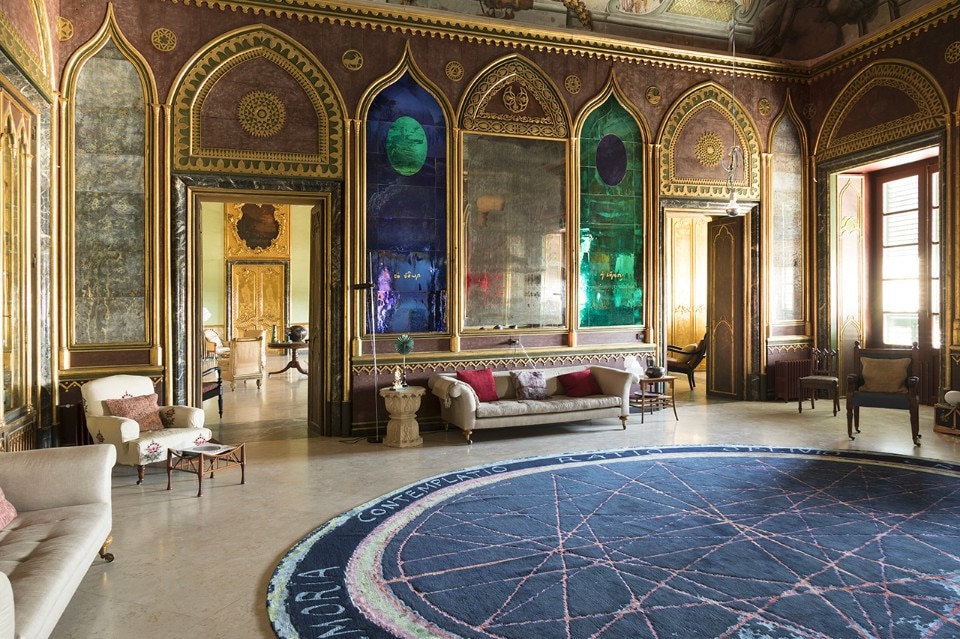
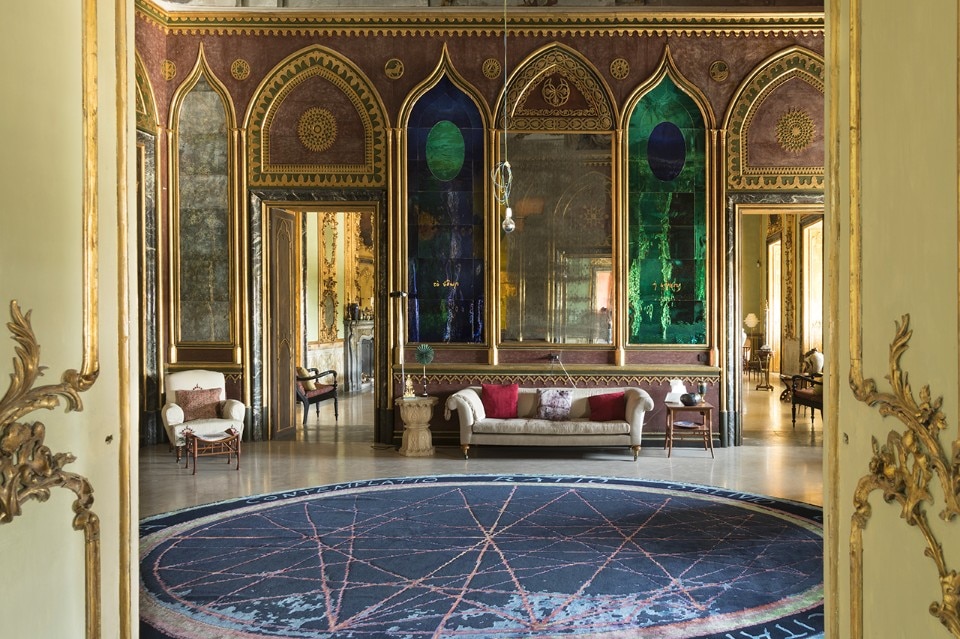
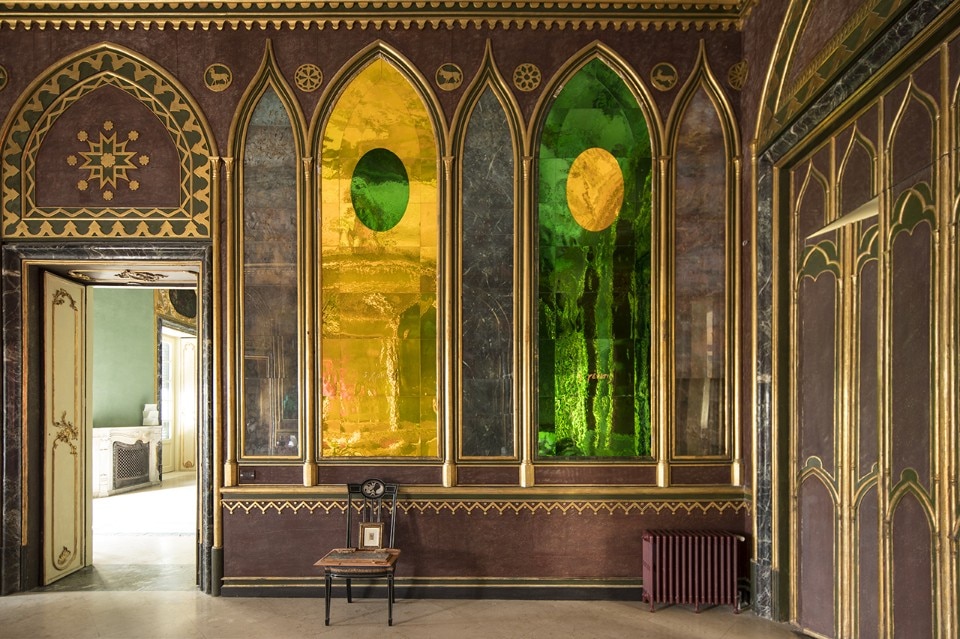
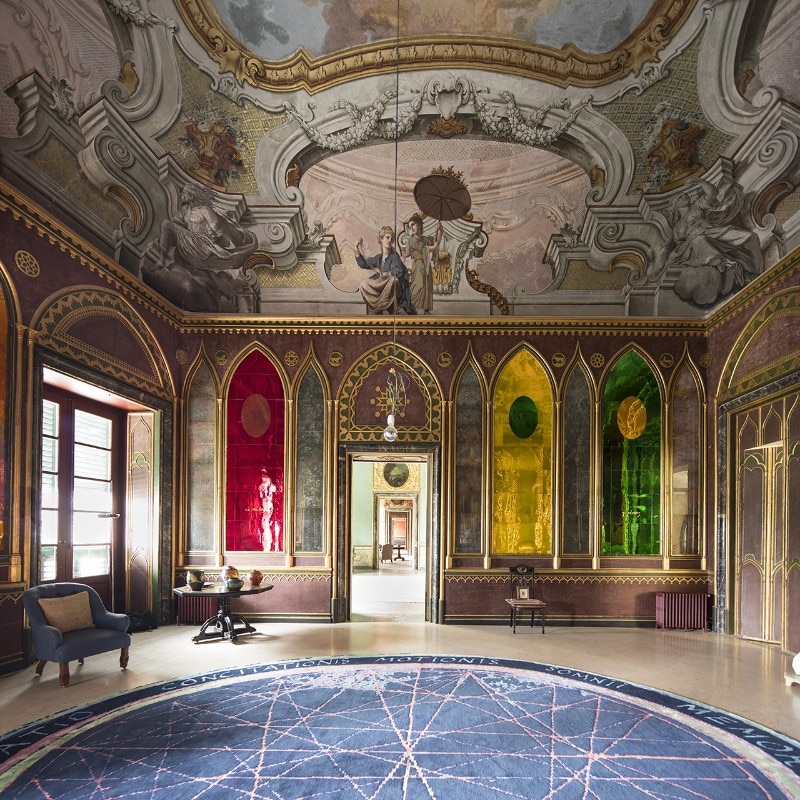
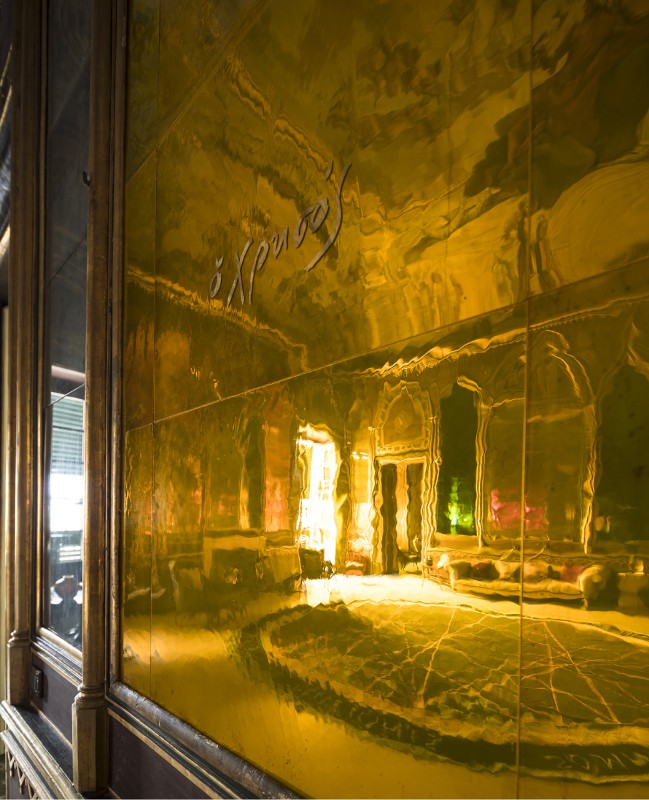
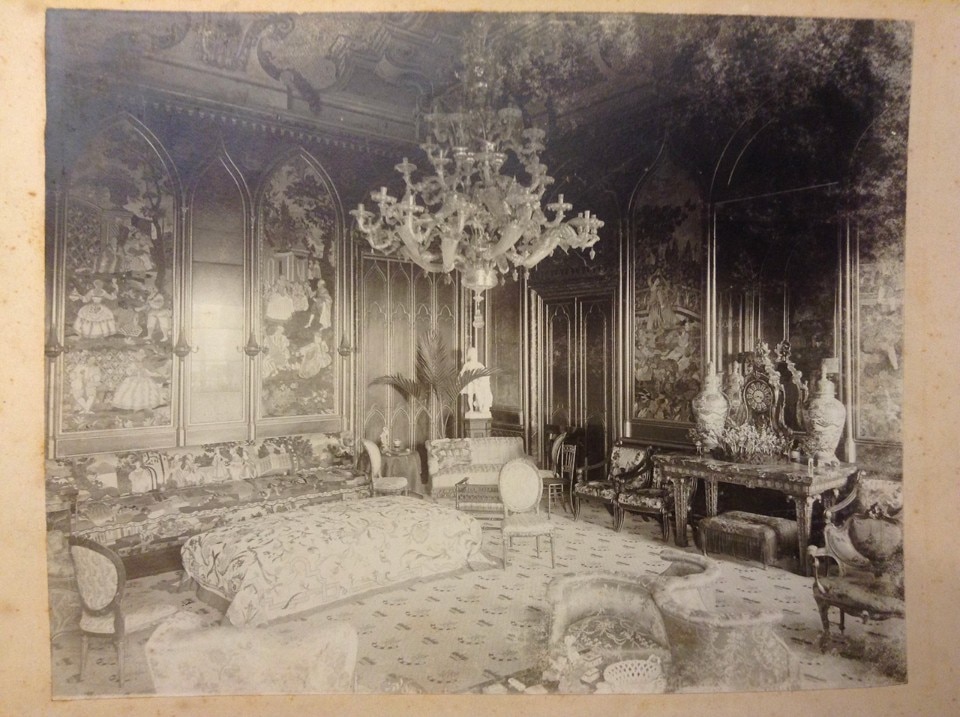
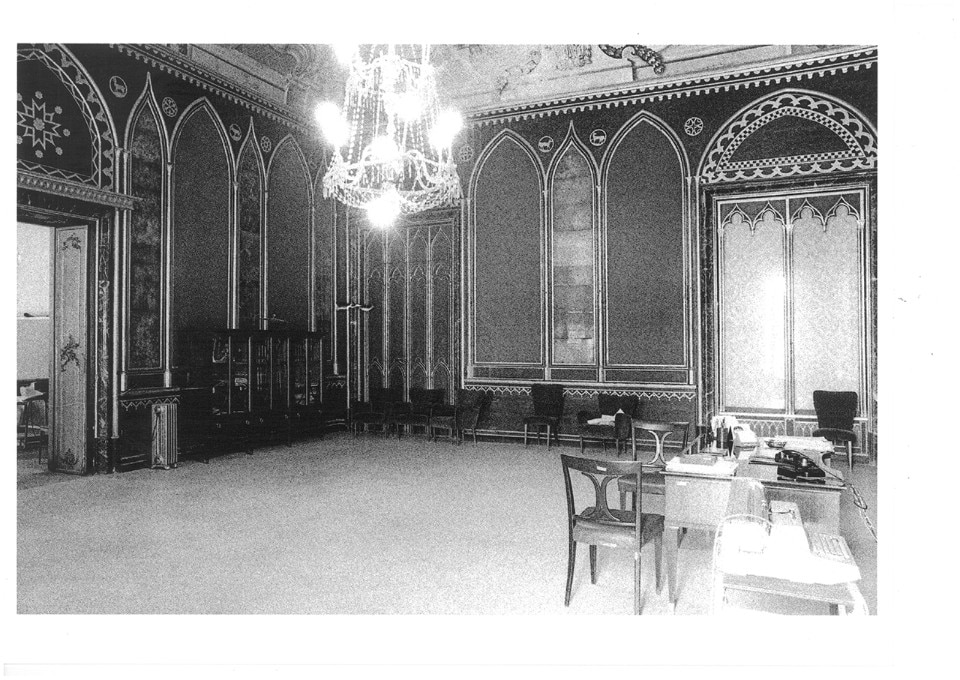
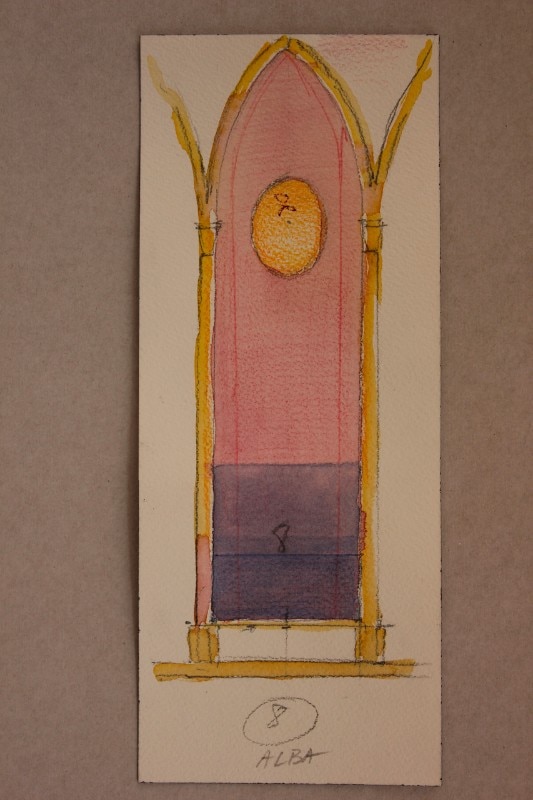
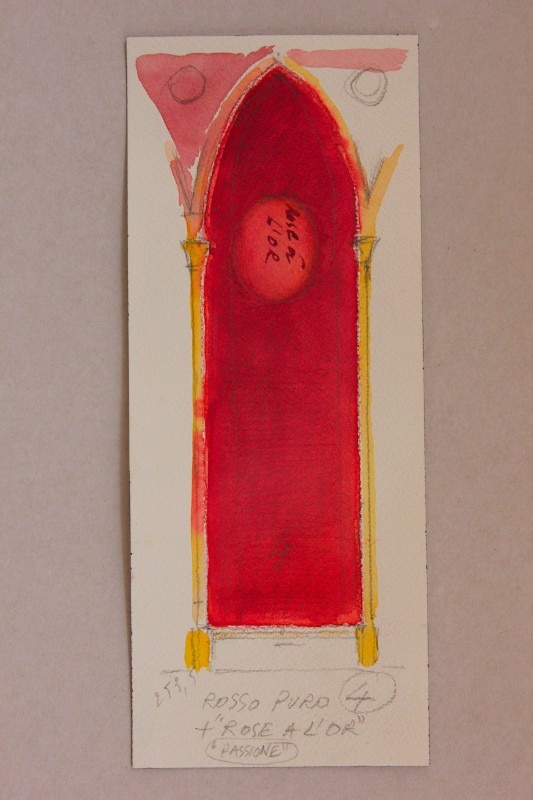
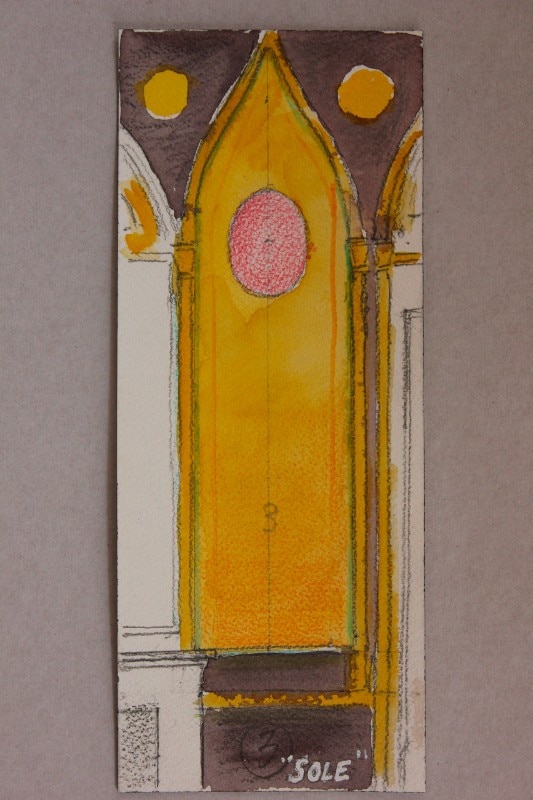
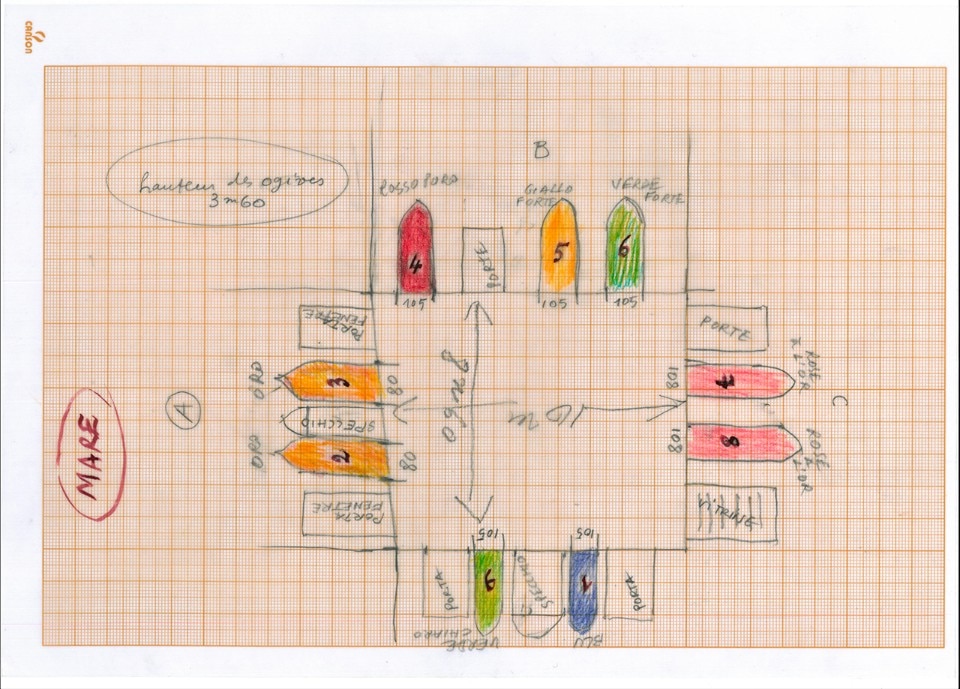
- Project:
- Refurbishment and restoration of Palazzo Butera, Palermo
- General coordination:
- Marco Giammona
- Architectural and museographic design:
- Giovanni Cappelletti
- Supervision of works:
- Giovanni Cappelletti, Marco Giammona, Tomaso Garigliano
- Collaborators:
- Dario De Benedictis, Salvatore Pagnotta con Alexia Messina, Amalia Randazzo
- Structural engineering:
- Alessandra Giammona, Marco Giammona, Dino Spitalieri
- Installations:
- Giuseppe di Natale, con Giampiero Urone
- Contractor:
- ATI
- Building works directors:
- Santino Patti, Gaetano Alaimo, Roberto Ciralli
- Restoration direction:
- Vittoria Maniscalco
- Area:
- 7.065 sqm
- Completion:
- ongoing


